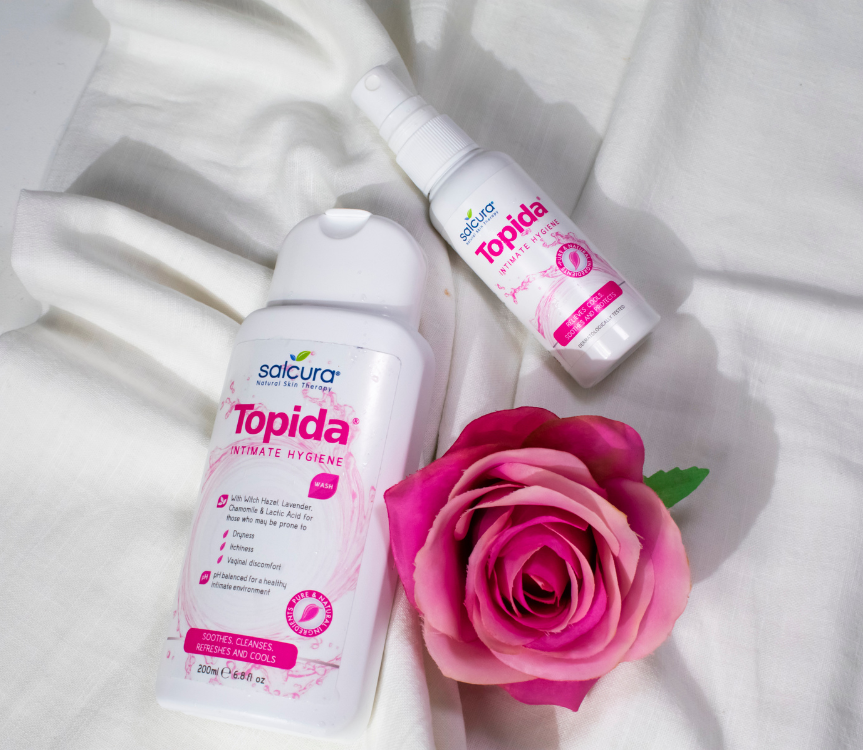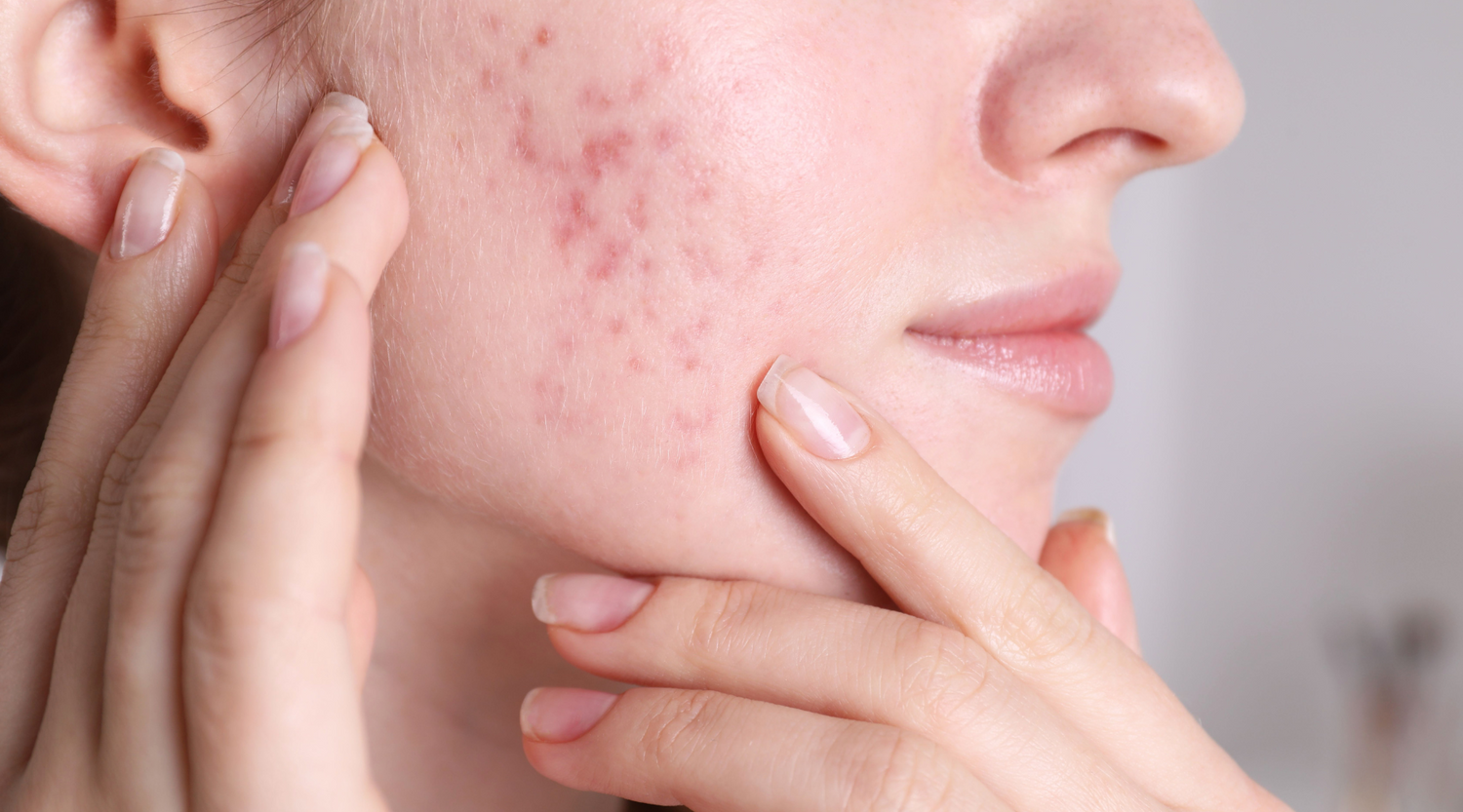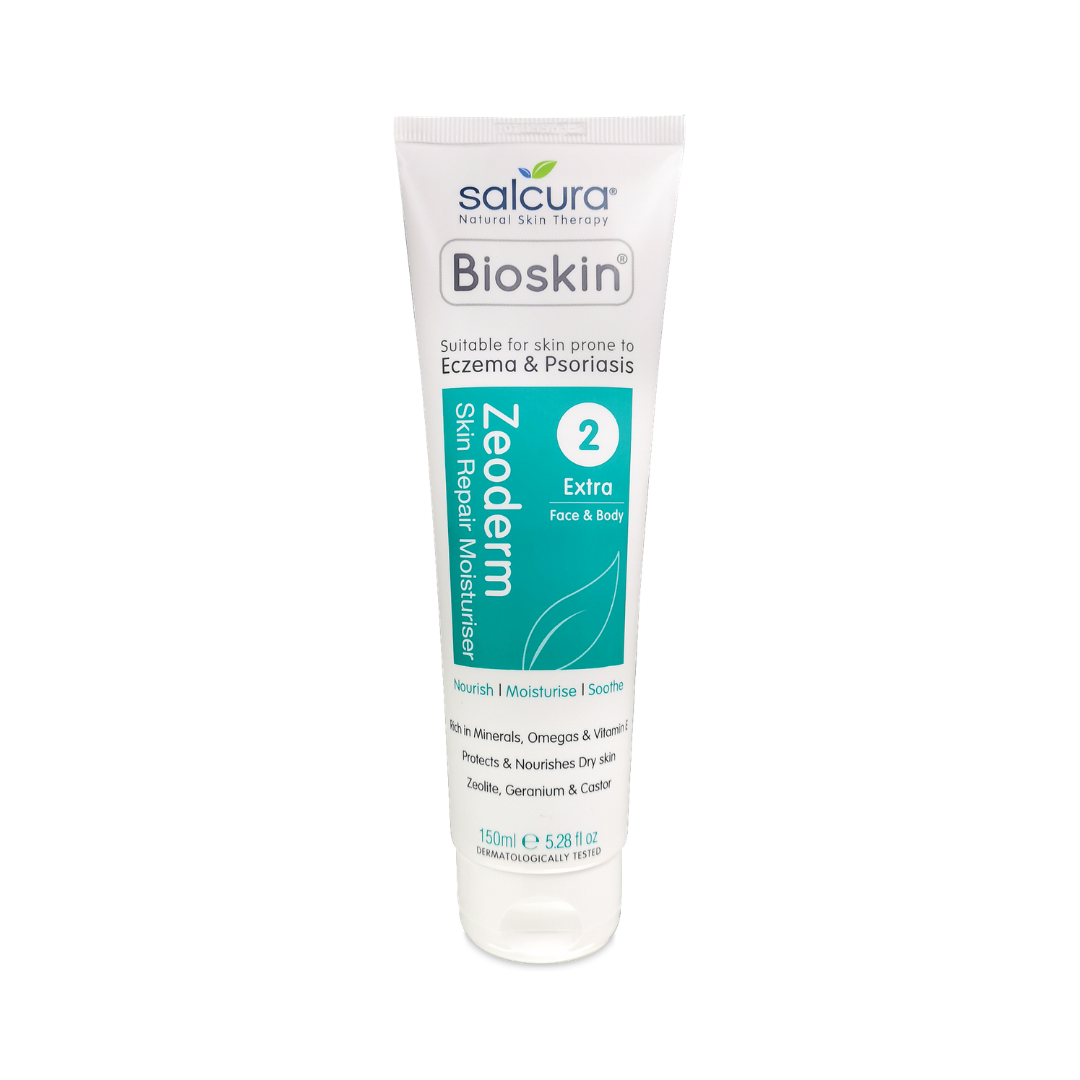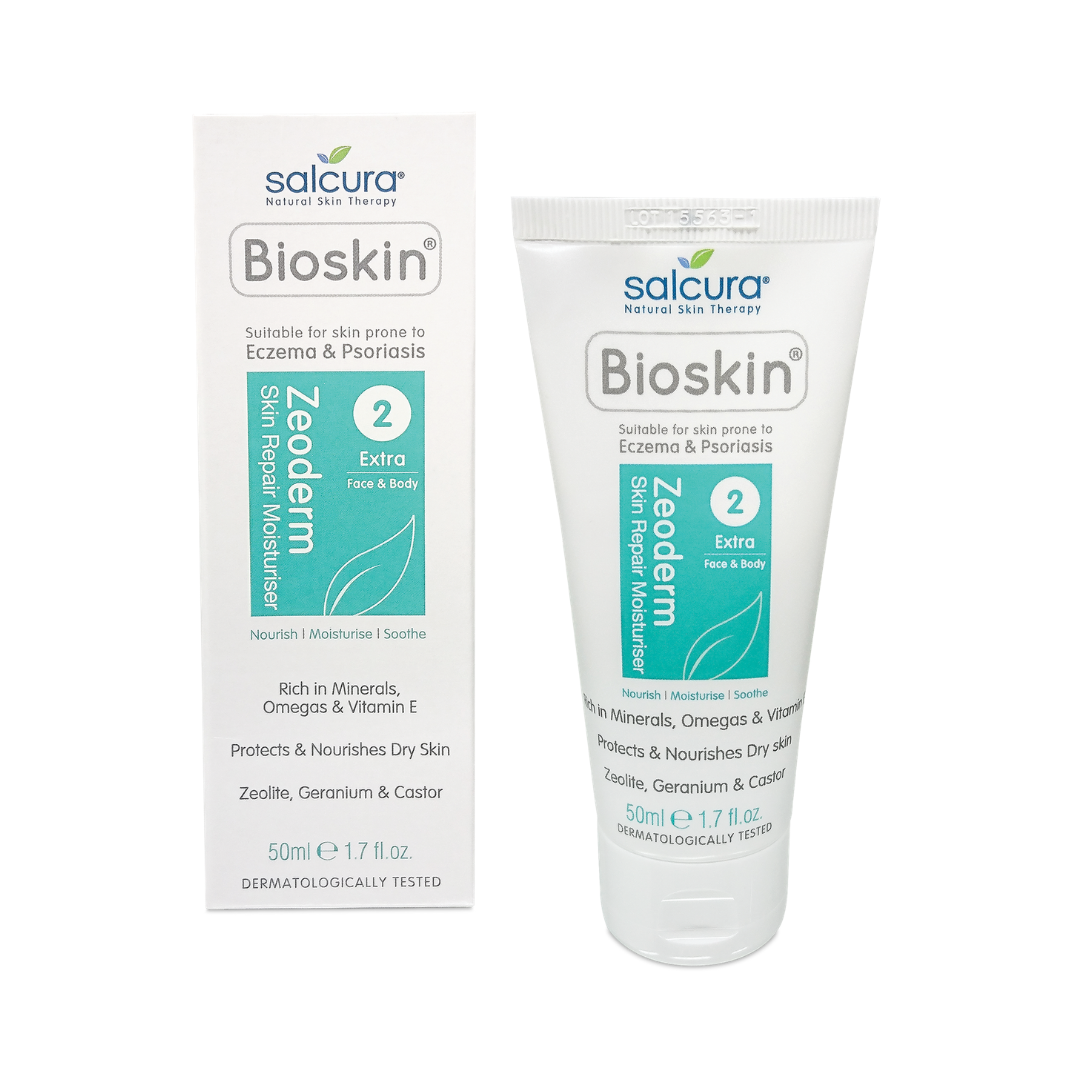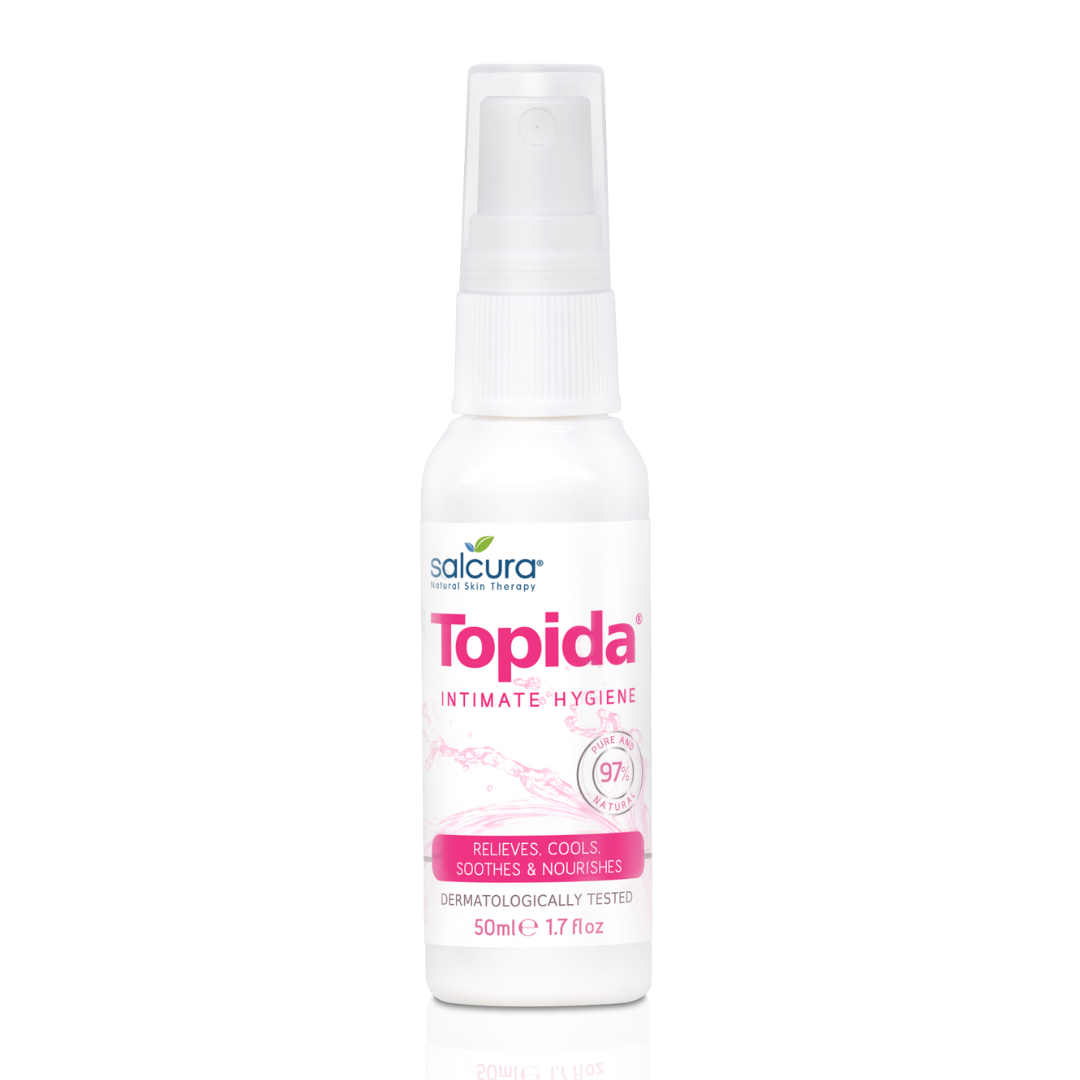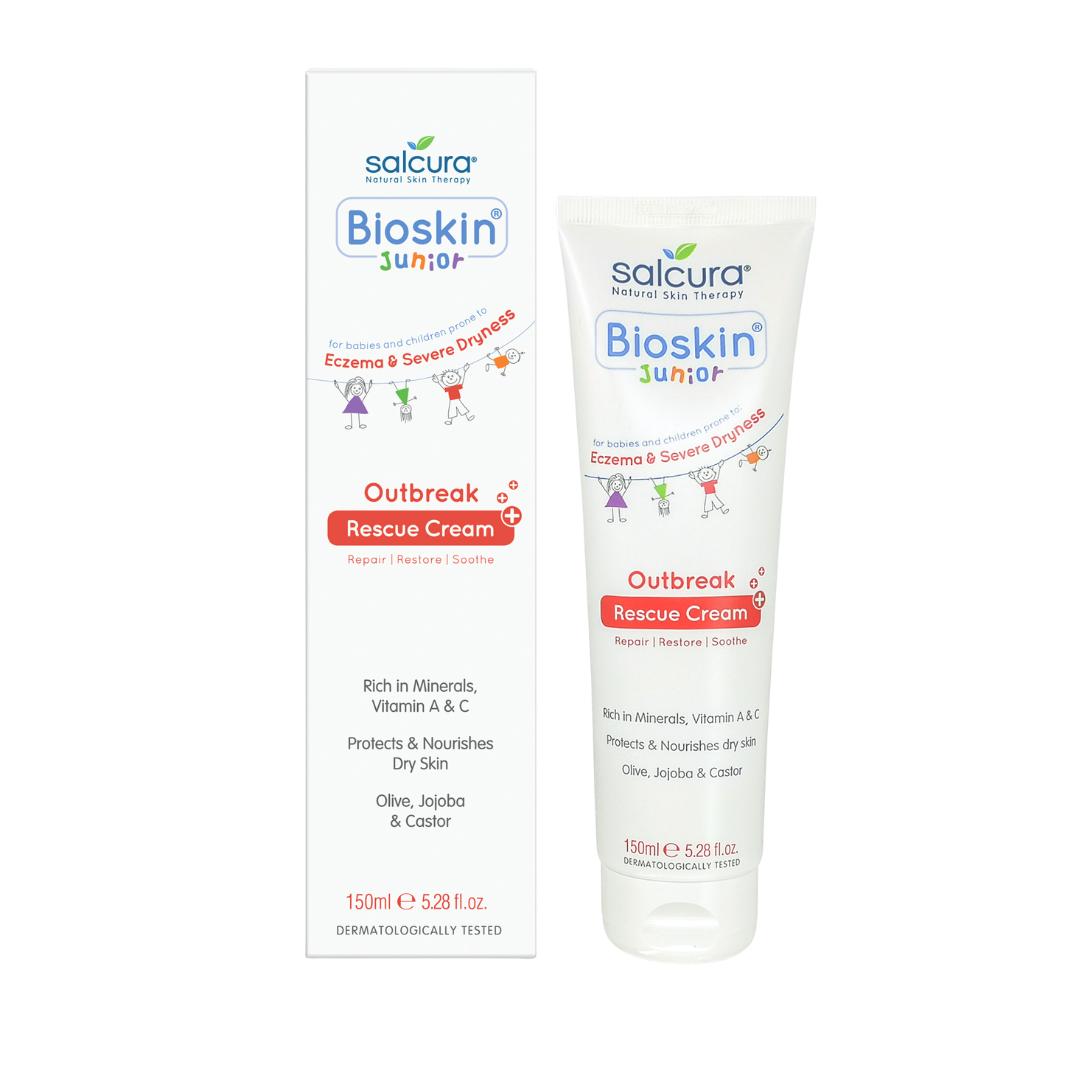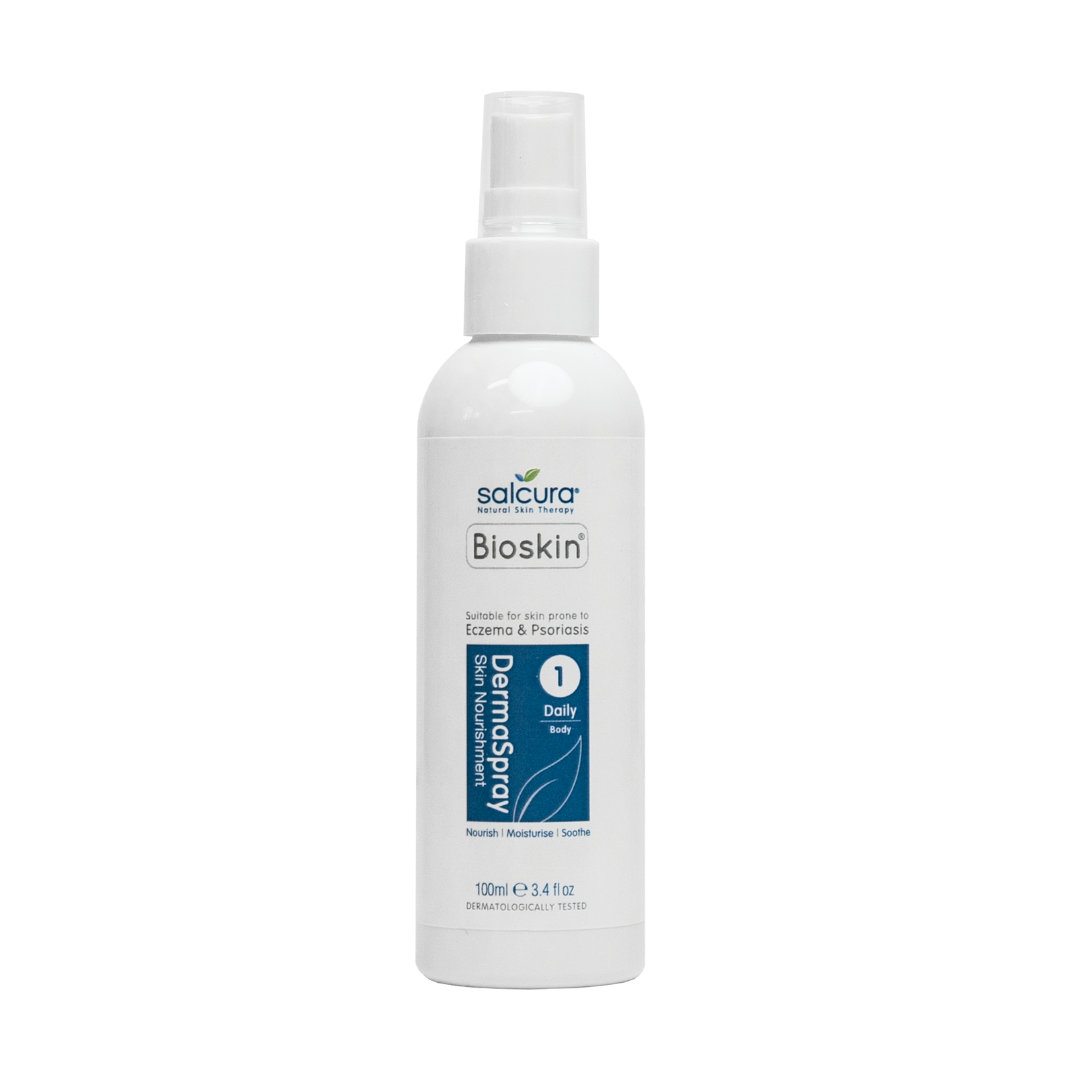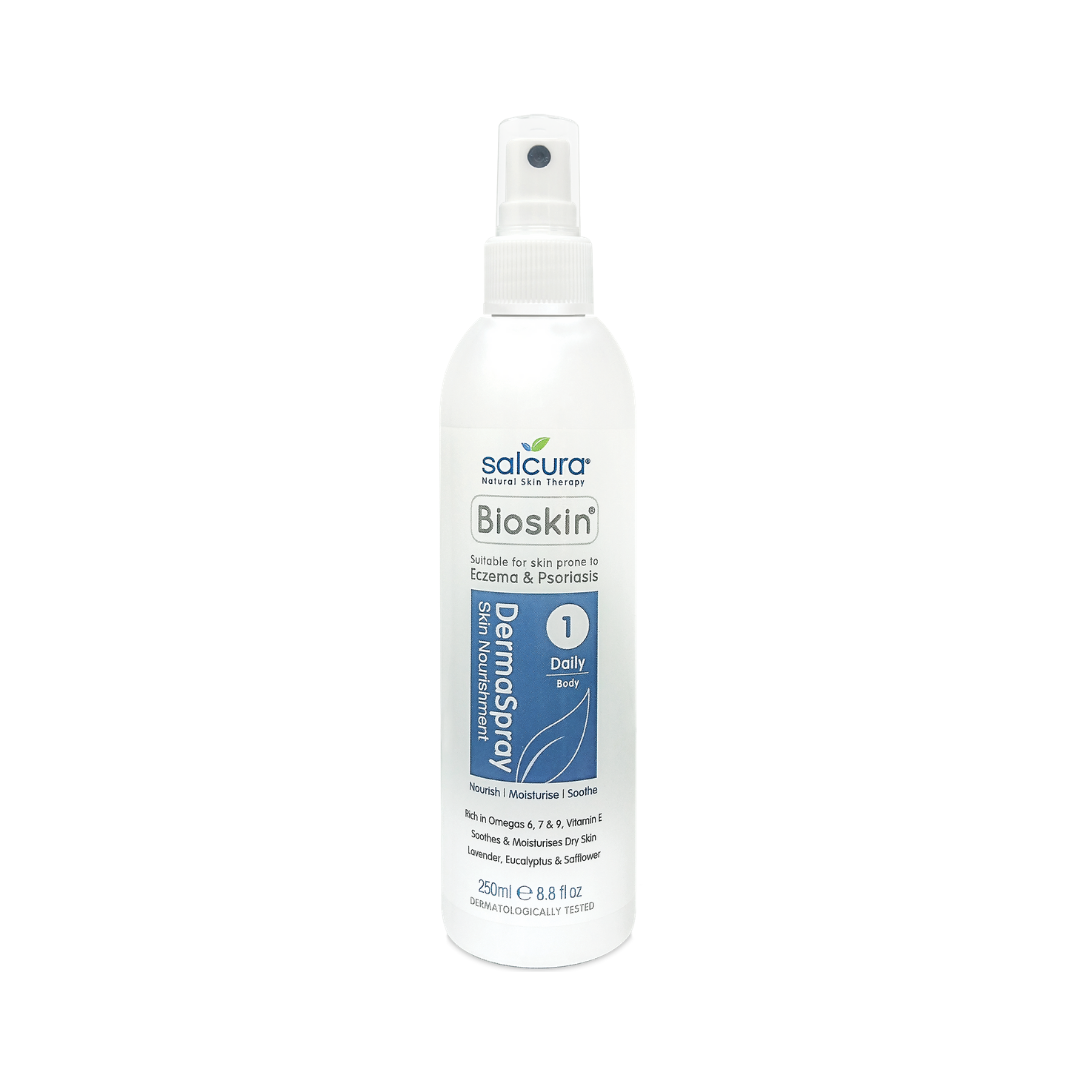For those of us with little ones who suffer from Eczema or severely dry skin, winter can be an especially difficult time. As the trees begin to crisp up in the morning frost and we all start to wrap up warm, it can be increasingly difficult to keep your child’s skin soft, moisturised and comfortable. The cold air outside and hot dry air from the central heating or a fire within your home can do particular damage and cause itchy, painful flare-ups, so here’s a few tips to help keep your child comfy and free from irritation over the winter months.
1. Dress Them in Layers
When dealing with dry skin it is important to maintain as regular a temperature as possible. This becomes an issue in winter as going from indoors to outdoor usually means a transition from hot and dry to cold and wet, or vice versa. Because they have smaller bodies, children’s internal temperatures can fluctuate quickly. Your first instinct may be to get out the warmest winter coat and add a couple of layers of scarves and hats on top, but too hot can be as bad as too cold. Give your child the options they need when going out of the house to add or remove layers, as necessary, and trust your child to know their body.
2. Favour Natural Materials
While dressing your kids (which can be a challenge in itself), favour natural materials over the synthetic. Natural fabrics like cotton and linen are far more breathable than their synthetic alternatives, such as polyester, and will limit sweatiness while your child plays. Wool is an option too, when selecting a natural fabric, but bear in mind that it can be quite itchy and, if preventing skin irritation is the aim of the game, it might be best to avoid it.
3. Bathing
Getting the children to bathe can be a challenge at the best of times (especially if you have boys that take a particular liking to all things muddy). Fortunately, when it comes to managing dry or Eczema-prone skin, you’re actually doing your child a favour by either shortening or outright skipping bath time. Excessive bathing can dry out sensitive skin, so shorten bath times as much as you can (while still getting the little ones clean, of course) and use lukewarm water instead of outright hot. Make sure to retain and bring back as much moisturise into the skin as possible, even during your child’s bath time. You can do this by using moisturising wash products such as our Bioskin Junior Bath Milk and our Face & Body Wash.
4. Be Ahead of the Curve
Stay ahead of the game with preventative, rather than reactive, care and make sure that your child’s skin is treated and prepared for winter ahead of time by applying a mild but effective moisturising product, such as our Daily Nourishing Spray. Apply a couple of times per day to keep skin ready for the elements and protect it as the young ones go about their day. Otherwise, avoid products that are heavily fragranced or use a lot of chemicals. Keep it natural. A little extra effort before a problem arises can save a lot of trouble in the future!
5. Hydrate from Within
Keeping skin well moisturised doesn’t just mean lathering the outside effectively, but treating it from within, also. Make sure your child drinks plenty of water throughout the day as it will hydrate the skin and keep them comfortable. This is especially important since they’re probably spending quite a lot of time indoors with the heating on, where the air is hot and dry. You can make drinking water more appealing to your child by giving them their own special water bottle, as well as adding some flavour by infusing it with fresh fruit.
6. Don’t Overheat the House
Piggybacking off of the previous point, make sure your house isn’t overheated in winter. With howling wind and icy temperatures outside, it can be tempting to pump up the heating just a few degrees more. Cold temperatures can cause skin to become flaky and chapped but overcompensating in the other direction can do exactly the same thing.
7. Remember the Sun!
Even in winter, the sun can still shine brightly. Although not as noticeable, due to the cold, UV rays still do damage to sensitive skin in the colder months and you need to guard against them using sun cream, especially if your child has problem areas on their face. Make it SPF 30, at least, and regularly apply to exposed skin while your child is outside in the cold. Ice and snow can actually reflect UV rays, so the risk of those damaging UV rays, depending on the conditions, can sometimes be increased in winter!
8. Humidify Your Home
We’ve touched on the dangers of dry heat present indoors from the central heating. To counter this, make sure your home is well-humidified throughout the day. To do this, you can get a purpose-made humidifier or use the more rustic alternative of a bowl of water perched on top of the radiator. The important thing is that the air in your home isn’t dry.
With these tips, you can help manage your child’s skin as we head into the heart of winter. Keep their skin treated and the air around them moist and your child can be up and about without any fear of itchy or dry skin.



